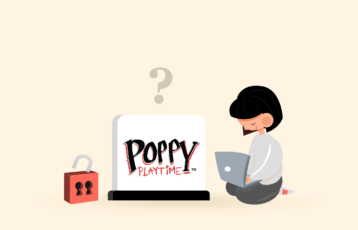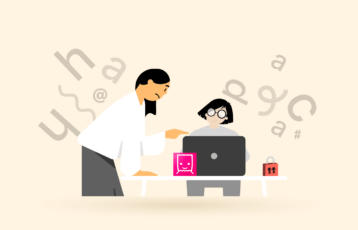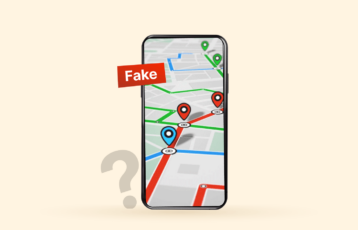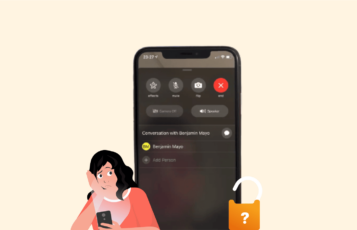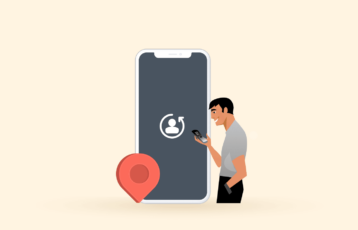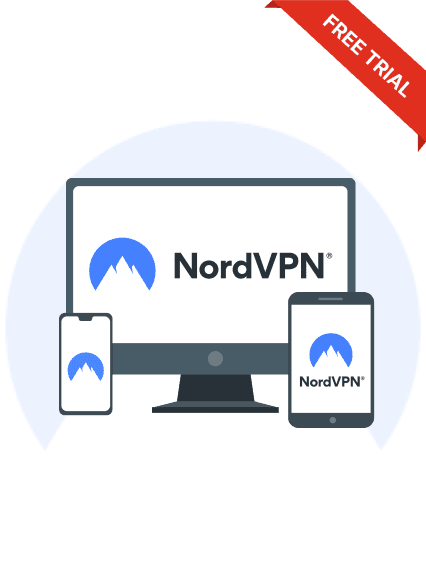Jailbreaking your iPhone is an excellent way to free your device from Apple’s restrictions. It provides increased personal access to your phone and allows you to decide the aspects of your device you can control, particularly shareable data, and who can access them. As a result, jailbreaking curbs any potential privacy risks.

For this reason, you might wonder if jailbreaking your iPhone is worth the risk.
This article will provide details on a jailbreak, the benefits of jailbreaking your iPhone, and the possible risks involved in making this decision.
A quick guide to jailbreaking your iPhone
Jailbreaking is only available on iOS 14.8 and lower on the “unc0ver” app. Here’s a short outline of how to use the app:
- On your PC or Mac, search for and download the “AltStore.”
- Install it on your device.
- Plug your iPhone into the PC or Mac.
- Go to the unc0ver IPA site and click download.
- Proceed to sideload the unc0ver app on your iPhone using AltStore.
- Once you open the unc0ver app, the jailbreak button is front and centre; click it.
- Once the process is complete, your device will restart.
- You will see a “Cydia” app installed on your phone to prove the jailbreak succeeded.
What does jailbreaking an iPhone involve?

Jailbreaking, as a process, refers to the bypassing of a device’s security system to increase its range of functionality. For example, although you can continue to use the App Store, you can also install apps from other stores and modify the operating system’s appearance, among other things.
The primary reason for jailbreaking iPhones is the rigid iOS operating system. As a result, users can only perform hard-wired actions in the code. Users who cannot make significant changes that suit their individual preferences urge them to jailbreak.
Another reason making iPhone jailbreaking popular is that it allows for innovation. For example, iOS does not support amateur developers since apps and features are strictly done by Apple developers. However, with jailbreaking, developers can create apps and features that are typically prohibited.
Jailbreaking opens the door for innovation, optimal customization, and a whole other range of possibilities. For example, the limit is your intention, whether you want to create features and apps for fun or as a professional.
However, as iOS has evolved and Apple has added many features previously only available to the jailbreaking community, jailbreaking has become less popular. Still, jailbreaking helps install and run apps unavailable on the App Store or as a first step toward unlocking your iPhone to use it with a different carrier.
Four methods to jailbreak an iPhone
There are different types of jailbreaking for iOS devices, including:
- Tethered: To successfully complete the jailbreak, you’ll need to tether your phone to a PC and use the boot tethered feature. However, if you fail to re-jailbreak the phone again after the reboot, your iPhone gets stuck in the recovery mood.
- Semi-tethered jailbreak: The phone boots without a patched kernel under this procedure. However, your iPhone won’t run any modified code and can’t be used to jailbreak apps. To use utilize the modified kernel, you must run a jailbreak program of your choice.
- Untethered jailbreak: With this method, the kernel software remains patched after rebooting your iPhone. Luckily, it allows you to continue using the jailbroken version.
- Semi-untethered: Unlike the other methods, this process leaves your iPhone not-jailbroke even after restarting. You can use an app to jailbreak your iPhone without needing a PC.
Check your iOS version and device model

Apple doesn’t support jailbreaking due to the security vulnerabilities in a successful jailbreak. So, to hack into the iOS system, jailbreak methods exploit the security loops in your iPhone. This explains why cyber experts have to tweak their jailbreak processes after every software update to enable them to bypass iOS security and install a third-party OS.
Apple Inc. doesn’t allow its users to roll back to older iOS versions to combat security issues. If, for instance, your device is running on the current iOS 16, but jailbreak is only available for devices with iOS 14 and below, you’re definitely out of luck.
However, older iOS devices had their weaknesses as well. For example, the chips used in them could support iOS downgrade. Such devices include iPod touch models and iPhones running on older A10 processors such as iPhone 7.
Follow the steps below to check the version of iOS running on your device:
- Go to ‘Settings’
- Tap ‘General’
- Click ‘About’
- Besides the iOS Version, you’ll see a number such as 16 to show which version your device is running on.
- Check the IOS Jailbreaking article on Wikipedia to determine whether your iOS Version is supported for jailbreak.
Backup your data
As mentioned earlier, jailbreaking involves exploiting security gaps in your iOS. As such, creating a backup of your device is always prudent. Jailbreaking can mess up your iPhone, necessitating you to factory reset your device and start over from scratch. However, with a backup of your favorite movies, apps, music, and other files, you need not worry about losing your data.
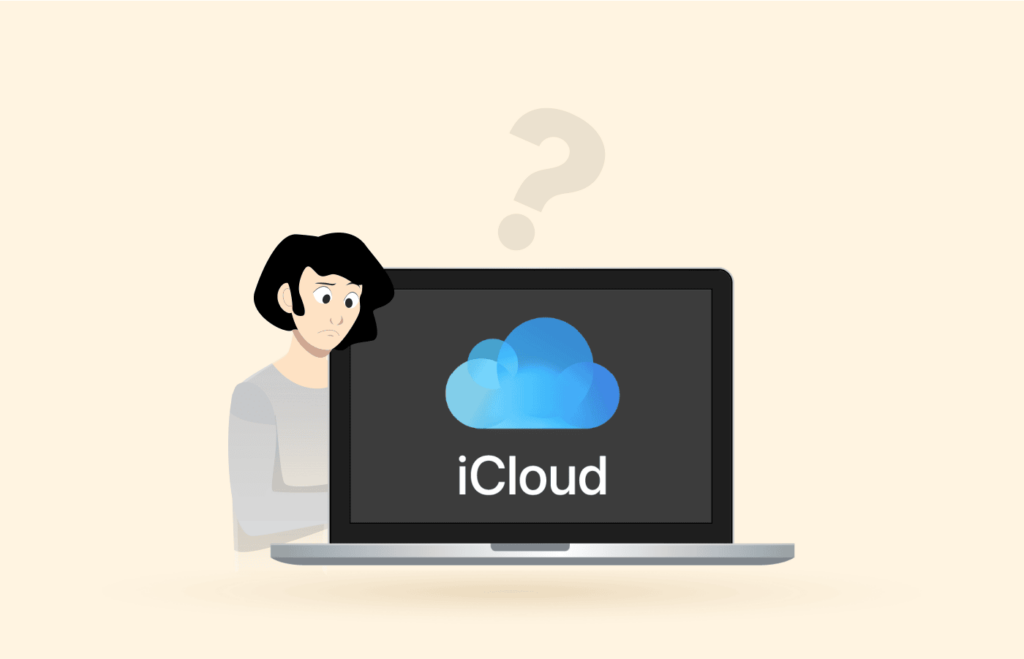
- Your iPhone or iPod Touch backs itself up every 24 hours, provided you have ample space in your iCloud account. To check the status of your iCloud backup, go to Settings > click on your Apple ID name > iCloud > iCloud Backup. You’ll find the backup details, including the last backup, current backup size, and next backup size.
- If you wish to use a PC, you can do it by plugging in your iPhone via a cable, opening iTunes, and clicking on the left sidebar.
If you’re running a newer macOS such as Catalina, you can access this function under the Finder app since Apple ditched iTunes in modern macOS in favor of unique podcasts, TV, and music apps.
How to jailbreak your iPhone
Now that you know what jailbreaking is and what benefits you stand to gain from it, let’s talk about how it’s done, the tools used, and how you can do it yourself.
You should use “unc0ver” and “checkra1n” if you have a recent version of iOS. We recommend these tools because of their ease of use and step-by-step instructions; the Cydia app will reflect both tools after the jailbreak.
The jailbreak process is meant to exploit any weaknesses in the operating system, so these tools would need time to identify these flaws first. Therefore, trying to jailbreak your iPhone right after an iOS update is a bad idea. You’d need to wait until the experts finish assessing it to figure out its unique flaws.
Here’s a short breakdown of the iPhone devices and iOS versions that support checkra1n and unc0ver:
| Jailbreak tool | Compatible iOS versions | Compatible iPhone versions |
|---|---|---|
| checkra1n | iOS 12.0 – 14.5 | iPhone 5s – iPhone X |
| unc0ver | iOS 11.0 – 14.8 | iPhone 5s – iPhone 11 Max Pro |
Jailbreak your iPhone with checkra1n
Unlike the unc0ver app, the checkra1n app only works for Linux or MacOS. It is not compatible with Windows OS. In addition, checkra1n is semi-tethered, meaning you need to connect it to a laptop or PC to work correctly.
As always, we recommend executing a device backup before commencing a jailbreak process for your safety. Once you complete the backup, you can jailbreak your device using the checkra1n app, following these steps:
- Download “checkra1n” on your laptop, and install and open it.
- Ensure that your device connects to the laptop with a USB cord.
- If the connection is successful, there should be a pop-up window.
- If checkra1n does not work with your device, we recommend connecting your phone in recovery mode – your screen displays the Apple logo and nothing else.
- A window with instructions should pop up; follow it and wait.
- The checkra1n app will complete the jailbreak and restart your phone.
To confirm that it is complete, you will find the Cydia app installed, as with unc0ver. Although it is legal to jailbreak your iPhone, some of the content on Cydia might not be. Therefore, we do not advise the usage of this app for illegal purposes.
Jailbreaking your iPhone with unc0ver
The unc0ver app is an easy-to-use jailbreaking tool, and it works fine for devices with iOS versions 11-14.8.1. However, it is advisable to back up your phone to the cloud or on your PC because unavoidable errors can occur.
You must take extra precautions when using the unc0ver app and carefully follow the steps. Failure to do this will result in a plethora of issues.
Note that the steps in this article are for the latest release of the unc0ver app (version 8.0.1.), and other previous versions may have differing steps.
The steps to using the unc0ver app for jailbreaking your device are classified into two major steps:
- Downloading the AltStore
- Installing the unc0ver app
Let us go a little deeper into the individual processes.
1. Installing the AltStore app on your iPhone
Unc0ver requires that users “sideload” the app on their devices. Sideloading is the process of installing a third-party app, one not licensed by the Apple brand. But to sideload an app, you need another app store — the AltStore. In addition, you need your PC or Mac; they are better to download and install the AltStore.
Below are the steps on how to install the AltStore on your iPhone with your Mac device:
- Go to the AltStore website and download the app.
- Install the AltStore app.
- Once the app finishes installing, a diamond icon will emerge in the menu bar. Select it.
- A drop-down menu will show, and from it, click on the “Install Mail Plug-In,” which will enable AltStore to be loaded onto your iPhone by installing a plug-in in the Mail app.
- Next, open your Mail app and select “Preferences,” “General,” and “Manage Plug-ins.”
- Select the box for the “AltPlugin.mailbundle” in the next pop-up window.
- Once you do this, click the diamond icon, select “Install AltStore,” and choose your preferred device.
- Log in with your Apple ID, and the installation will commence.
2. Installing the unc0ver app
After completing the AltStore installation, the next step is installing unc0ver, which is relatively easy. You only need to follow the simple instructions below:
- Open “Settings” and locate the “General” tab.
- Go to the “VPN and Device Management” tab.
- Select trust-installed apps from AltStore, and grant the permissions required.
- Open the unc0ver webpage and click the “Open in AltStore” option.
- The app will then install on your device and be visible in the AltStore.
If you don’t see the app on your device after installation, try resetting it and the app.
You can now use the unc0ver app to begin the jailbreak procedure. To jailbreak the app, click the blue jailbreak button. Once you do this, the process will begin, and your device may reboot several times.
Four methods to jailbreak an iPhone
Now that you know the jailbreak tools, you should also know the four methods available to jailbreak your iPhone yourself. Since the jailbreak tools exploit flaws in the operating system, each method outlines a unique method of exploitation.
Below are the main methods for jailbreaking an iPhone:
1. Tethered jailbreak
This method requires you to connect your iPhone to a laptop for the jailbreak to work. It also means that as the jailbreak tool forces your phone to reboot several times, the connection must be re-established each time.
Tethered here directly means connected, and as such, without the connection, it cannot work.
2. Untethered jailbreak
This method does not require your device to stay connected during the jailbreak. That is because untethered jailbreaks can exploit the operating system even when the phone is turned off.
We must note, however, that for the first time, the device is jailbroken; there must be a computer connection.
3. Semi-tethered jailbreak
This method is an in-between because you do not need a connection for the reboot phase of the jailbreak. But you must be connected to the computer to modify any code or execute jailbreak features.
4. Semi-untethered jailbreak
The last method is similar to semi-tethered, but no connection to a computer is required. Users can reboot without a connection as well. The trick is using an app installed on the device to reinitiate the jailbreak whenever the phone is rebooted. It is the most user-friendly method of them all.
What are the benefits of jailbreaking?
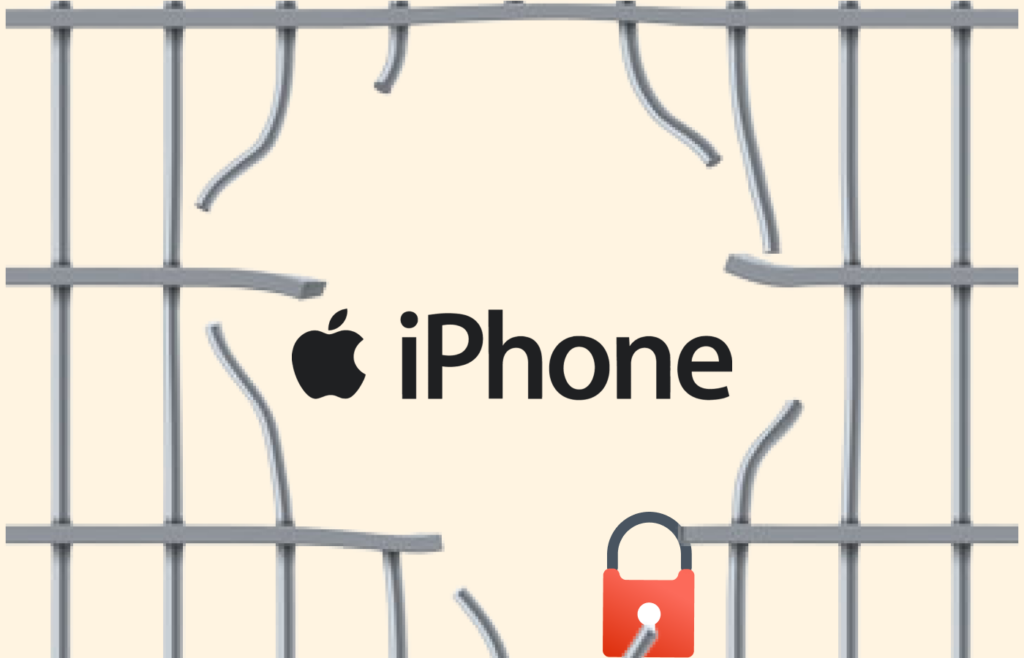
Despite having its risks, there are several benefits of running a jailbroken device:
More control over your iPhone
Apple’s ecosystem is more rigid than Android’s. Users who love tweaking their devices may feel quite restricted by iOS since it allows minimal customization of wallpapers, menus, and icons. However, with a jailbroken phone, you can do that easily.
Jailbreaking makes you an administrator, giving you extra freedom over your iPhone. For example, you can give your icons a different look from those with the default iOS. Also, you can unlock more communication features across devices, such as file sharing.
Run authorized apps on your device
In the official iOS version, Apple only allows its users to install apps from the App Store only. However, jailbreaking allows you to run unofficial apps from popular storefronts such as Cydia. These stores offer free apps that Apple charges for downloading on the App Store.
Uninstall pre-installed apps
Apple doesn’t allow you to delete some of its pre-installed apps, such as Weather and Games Center. With a jailbroken device, you can uninstall these apps and create more space if you don’t need them.
Removing these apps allows you to side-load other apps on your device. For instance, you can have Siri working with Google Maps.
Access to additional security features
There’s a belief that jailbreak can boost your anti-theft features. For instance, with the Find My iPhone feature, it’s only possible to perform the action if your device is offline. However, some jailbreak features promise more security with functionalities such as iCaughtU, which prompts a selfie camera after several wrong password attempts.
Cydia: The store for jailbreak apps
The Cydia app is a recommended package manager for users looking to jailbreak their iPhones safely. It is an app store and a reliable source of third-party apps on jailbroken devices.
Since Cydia is an app store, below are a few apps available on the platform:
- Filza: This file manager app works well with cloud services like Google Drive, a perfect alternative to the strict iCloud.
- iCleaner Pro: This app clears unused files and unnecessary caches for jailbroken iPhones, a feature previously blocked from users.
- Activator: This app helps increase the range of touch commands you can access and lets you set up touch commands for just about any app you want.
- iTorrent: If you like torrents, this is the app for you.
With these apps and more, the jailbreaking process grants users more freedom. But, of course, before jailbreak, you must research the apps and features you’d like to use, using the Cydia app as a reference.
What are the risks of jailbreaking your iPhone?
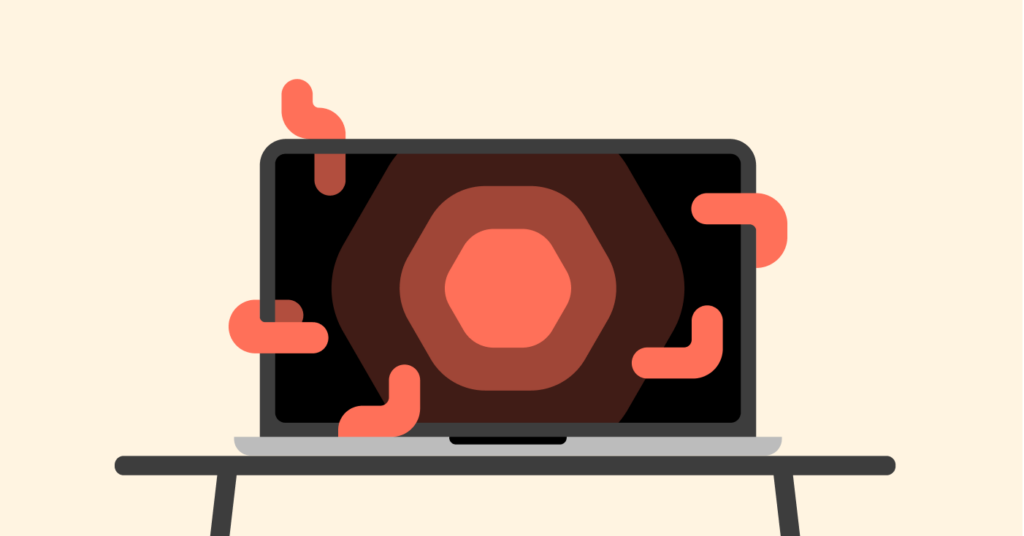
As we all know, jailbreaking is not the original design for your iPhone, and as a result, risks are involved. In addition, it is essential to remember that the Apple warranty does not cover your phone once it has been jailbroken, so you must bear any risks that may arise.
Below we have outlined the most common risks you may encounter if you jailbreak your iPhone.
1. Security risks
The original design for your iPhone device is that the apps can function but within a safe space, known as a “sandbox.” Once this sandbox is removed using jailbreaking, your apps can affect more aspects of your device.
This risk is not for legitimate apps; however, for the apps that you do not know enough about, we advise you to steer clear of them. Some apps can be infused with harmful code that can damage your operating system or device.
Before you install any apps from Cydia, do a proper background check to know how safe their use is. Installing only the paid apps and never the bootlegged versions is also essential. The app itself has a failsafe that punishes users for this mistake.
2. Malicious apps
Jailbreaking can expose your device to malicious apps because these apps are typically not subjected to screening or security measures. Malware has previously been found on devices that have been jailbroken. However, in most cases, this was due to user actions rather than jailbreak.
Therefore, you may risk downloading an app that contains malicious software since the security is no longer as tight as before the jailbreak. However, if you are unsure whether a particular app will create issues, do not install it.
3. Data theft
Aside from the risk of malicious apps getting installed, we must also consider the risk of data theft. Jailbreaking opens your device up to invasion by its functionality. You risk losing vital data when you jailbreak your phone; even the Cydia app attests to a widespread data breach in 2015 that saw over 200,000 devices affected.
In addition, if you install any app without strict security guidelines, your device is entirely vulnerable to data breaches. As a result, you may lose data from your social media accounts, banking apps, and passwords due to this issue.
4. Privacy
Just as jailbreaking increases the amount of data you can keep private, so does it increase the amount that can be stolen. That is because the original iOS protocols restrict the privacy measures and the amount third-party apps can leech off. When you jailbreak, the protection goes along with the restrictions.
It is vital to keep your device safe post-jailbreak. We recommend using VPNs to maintain your iPhone’s security and safety.
5. Void manufacturer warranty
Apple, as expected, has long been opposed to jailbreaking its devices. Unfortunately, if you jailbreak your iPhone, Apple’s warranty will no longer cover it. Repairs that would otherwise be covered could cost you enormous amounts of money.
6. Legality
Jailbreaking is perfectly legal in itself, but it allows users to do a few mostly illegal activities. For example, you can download paid apps for free or stream paid content without paying a subscription.
In addition, jailbroken devices make gaining illegal access to apps much easier. However, as long as you do not engage in malicious behavior, jailbreaking is legal.
7. OS Issues
Since the OS was not designed to run in this new jailbroken state, you can experience reduced processing speed, crashes, and excessive battery draining. In the worst cases, your phone can become “bricked,” which is useless.
Does jailbreaking void my warranty?
Yes, jailbreaking can void your warranty, as it’s against the manufacturer’s policy. The parent company discourages altering the device’s official software as it could expose you to various threats. The DMCA regulations render jailbreaking legal, but there’s no provision that the manufacturer should allow it in their warranty policy. If you need support from an Apple shop, you should consider factory resetting your device to remove any jailbreak evidence. They can still accept it under warranty if they can’t prove you have jailbroken your device.
Can jailbreaking brick my device
If you’re considering jailbreaking your iPhone, you must have encountered several testimonies of a bricked device. While the issue is uncommon for average tech users, less tech-savvy people will likely be victims.
If done incorrectly, your device might become unresponsive, although bypassing this issue through a hard reset is possible. Most of the problems you may face during the process are reversible using a factory restore. If you use jailbreak tools from reputable sources and follow the instructions keenly, the possibility of bricking your iPhone is quite minimal. If you face some issues after a successful jailbreak, you can always opt for the safe mode option that undoes the tweaks.
Does jailbreaking prevent me from updating my device?

This is not usually the case. However, the reverse is true in that a system update to a newer version could prevent you from jailbreaking. Those who jailbreak their devices try as much as possible not to be locked out of the jailbreak option after updating their device.
That’s why you’ll find most jailbreaks sticking to older OS versions that grant them the freedom to conduct the process. If you update your firmware, you could lose the chance of jailbreaking it in the future since newer iOS versions lack jailbreak options.
However, some jailbreak options, such as checkra1n, are more deeply rooted in the device’s system, which makes it hard to patch firmware updates. Devices running on this type of jailbreak can even remain jailbroken for years, regardless of the software versions they are on.
How to secure your jailbroken iPhone
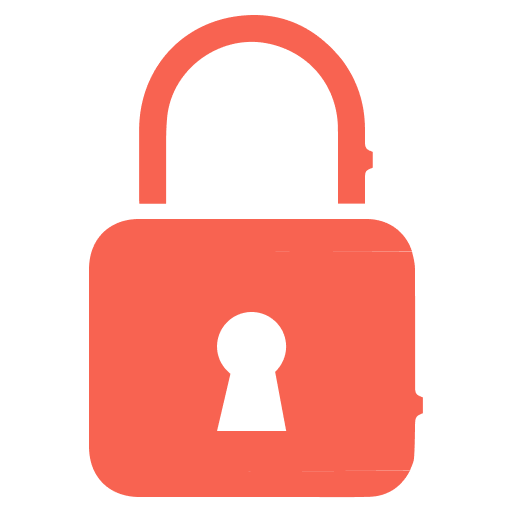
You can take the protection of your device into your own hands if you choose to jailbreak. The solution is also quite simple; all you need to do is make the following changes:
- Remote access denial: You should disable remote access to your device altogether.
- Code signing: Jailbreaking your phone turns off the code signing feature; it is advisable to re-enable it after the process.
- Sandboxing: You can turn back on the sandboxing feature once you jailbreak the iOS.
We advise that you take these steps only after careful research and with the help of someone with technical know-how.
Jailbroken iPhones and VPNs
If you want to ensure your phone stays protected and secure after jailbreaking, we recommend using a Virtual Private Network (VPN). The VPN must have military-grade 256-bit AES encryption. This is so it can create secure tunnels for you to access the internet safely.
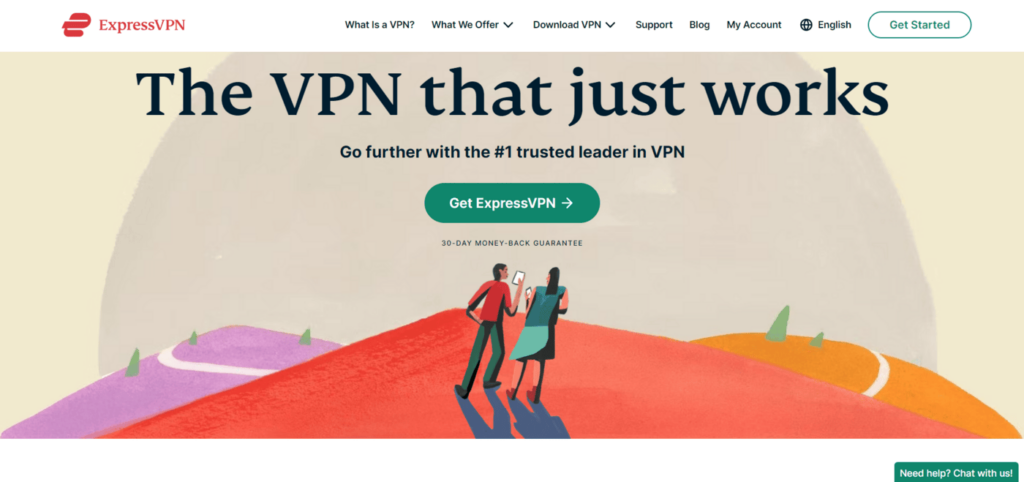
A VPN helps switch your IP address around, granting you anonymity as you browse the internet and granting you security as you do so. We recommend a VPN like ExpressVPN or Private Internet Access because of its high quality and security-conscious features. With NordVPN, your jailbroken iPhone can be free of malware and data theft.
Fixing your jailbroken iPhone
The jailbreaking process is temporary. You only need to restart your device.
This process works perfectly for the semi-tethered and semi-untethered jailbreaking processes, but if you do not trust this process, we recommend using iTunes on a laptop or PC.
Below are the steps to follow:
- Before you begin, back up your iPhone data to iCloud.
- Connect your iPhone to the PC and navigate to iTunes.
- Click on the icon of the iPhone in the left column.
- Open the “Summary” panel and click on “Restore.”
- A pop-up asking you to backup will appear; click “Yes” and wait.
- The phone will automatically restart and prompt you to restore from a backup; clicking yes will take your phone to before the jailbreak.
Also read: How to jailbreak a Firestick and stream safely
FAQs
You certainly can. The unc0ver tool can jailbreak all iPhones running iOS 11 through iOS 14.8, including the iPhone SE and iPhone 11. However, jailbreaking is currently only possible with the semi-tethered unc0ver version.
The simple answer is no. Authentication Lock cannot be removed solely by jailbreaking.
The process of jailbreaking an iPhone takes an average of 30 minutes. Depending on your iOS software version, you must plug your iPhone into a PC when you reboot and use jailbreaking apps.
Absolutely. However, you might find some apps misbehaving after a jailbreak.
While it is possible to download App Store apps for free after jailbreaking, doing so would be illegal and violate copyright laws.
The complexity of the process varies based on one’s technical knowledge. Tech-savvy individuals might find it easy, while their counterparts might struggle with the procedure. However, various online tutorials will guide you if you wish to jailbreak your phone.
The process is free. However, some may ask for your donations which is entirely up to you to decide. Those asking for payments are likely to be a scam. Always download jailbreaking tools from reputable websites.
